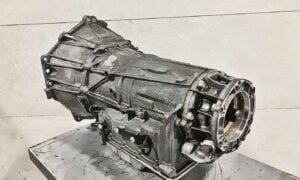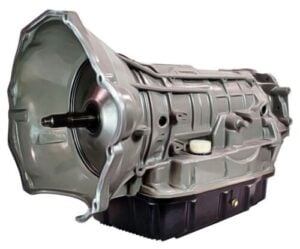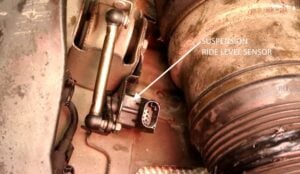What Tools Do You Need To Change Brake Pads and Rotors?
Changing brake pads and rotors is essential to maintaining your vehicle’s safety and performance. However, without the right tools, this can be a challenging task. This article will discuss the tools you need to change your vehicle’s brake pads and rotorseffectively and safely. Whether you’re a seasoned mechanic or a DIY enthusiast, having the right tools will make the job much easier and ensure the brake components are installed correctly. By the end of this article, you’ll have a clear understanding of the tools required to complete this maintenance task.
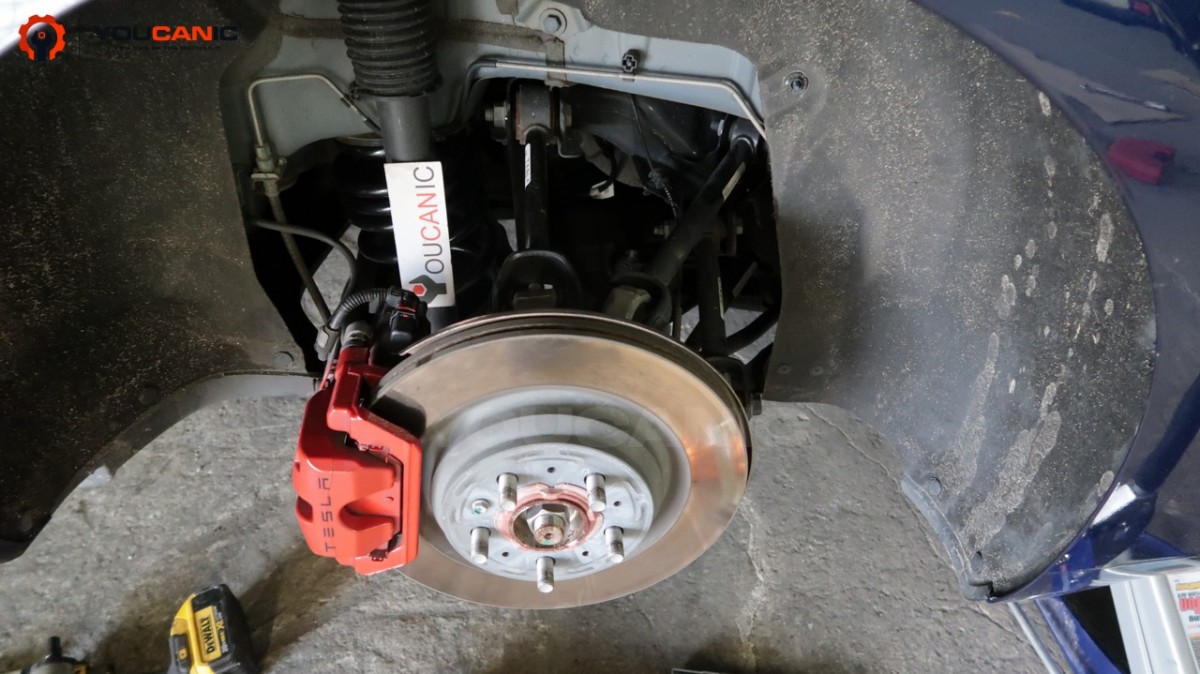
1. Ratchet and Socket Kit
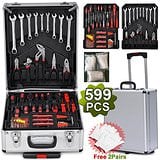
To fix your vehicle, you must have a socket set. Although you only need a metric set in most cases, choosing a kit with both SAE and metric sockets is best, as you never know what you may need. Domestic cars typically use SAE sockets, and import vehicles use metrics.
2. Torque Wrench
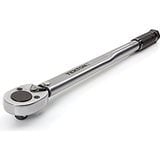
A torque wrench is a must. It will help you put the right torque on the caliper bolts. That way, you will not break the bolt, and you won’t leave them too loose, either.
As a beginner, you need a torque wrench to ensure the job is done correctly. If you don’t know the torque specifications for a certain bolt, call your dealer parts or service department, and they will help you.
3. Brake Pad Spreader or C-Clamp
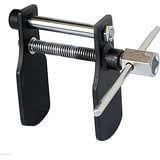
When pressing the piston into the caliper, a brake pad spreader or a large c-clamp is handy. With this tool, you can easily retract the piston.
This will allow you to reset the piston, and therefore, you can fit the new brake pads. While there are different ways to push the piston, using a C-clamp is much easier.
This will be a great tool to consider if you are doing the brake pad replacement job for the first time. You will need to remove the caliper and twist the bolt until the piston is pushed in. The rear brake piston may need to be rotated to be pushed, which can be done with a rear brake piston cube adaptor.
4. Torx / Allen Set
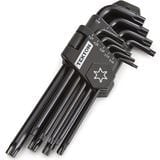
The brake caliper bolts are often held in place with Torx or Allen bolts.This depends on what your car has installed; therefore, it is better to verify that you need to change your brake pads. You can quickly identify what your car uses by looking at the two bolts on the caliper’s back.
Suppose you need any of these bits or need to see what they look like; you can get a set at your auto parts stores or online. If your manufacturer uses standard bolts, you won’t need these bits to replace the brake pads or rotor.
Editor’s Choice: Tekton Hex Key Wrench Set
5. Brake Bleeder Wrench
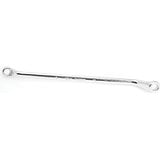
You will not need this unless you disconnect the brake hose, which is unnecessary unless you change the brake caliper.
Bleeding the brakes ensures no air is trapped inside the hydraulic lines and caliper. You can also use a regular wrench to loosen the brake bleed bolt/valve, but the brake bleeder tool is easier. It fits the bolt entirely, making you less likely to damage the air bleed valve.
Editor’s Choice: Brake Bleeder Wrench by OEM Tools
6. Jack and Jack stands
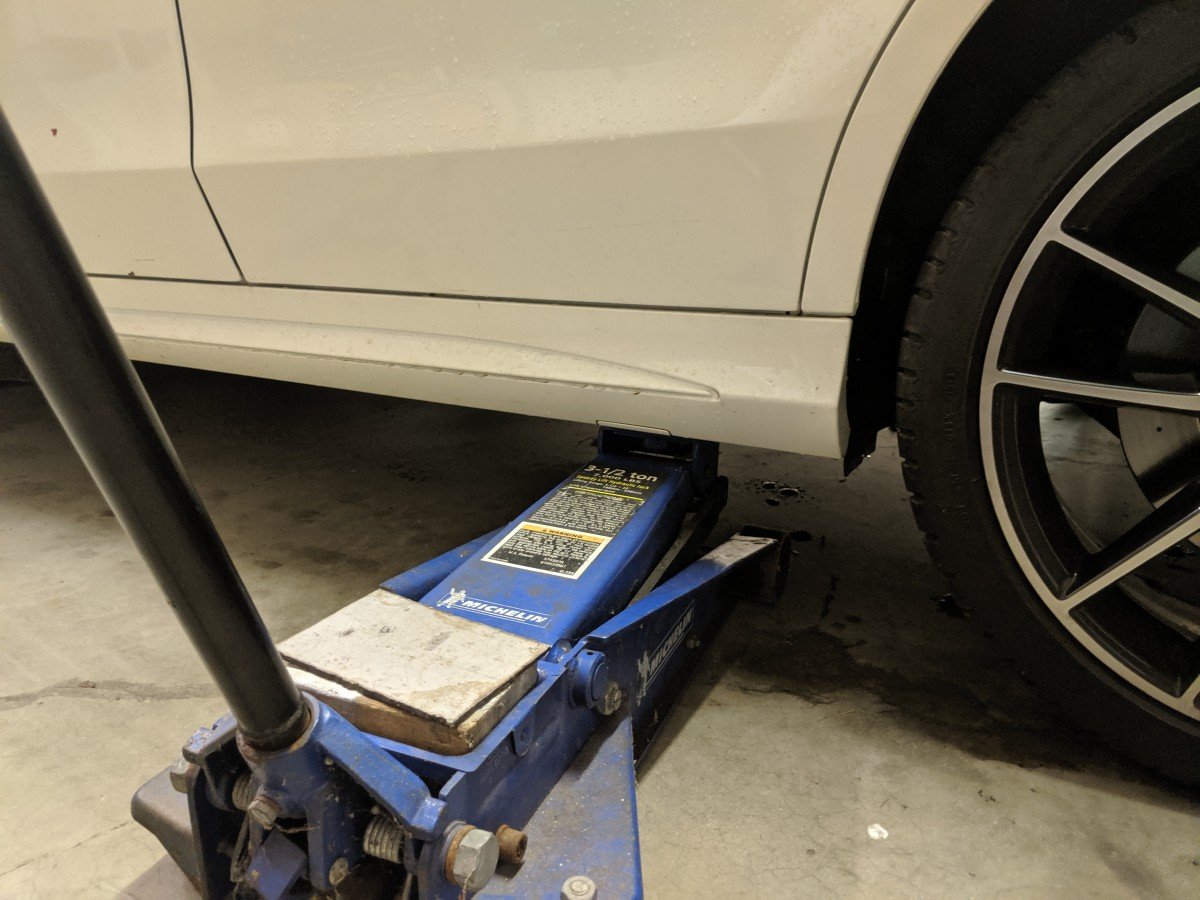
While a heavy-duty jack is highly recommended, you can still use the jack that comes with the car to jack up your car. If you plan on doing any auto repair underneath your vehicle, including replacing the brakes, you should always secure the vehicle with jack stands. They are inexpensive and can save your life.
7. Lug Nut Wrench
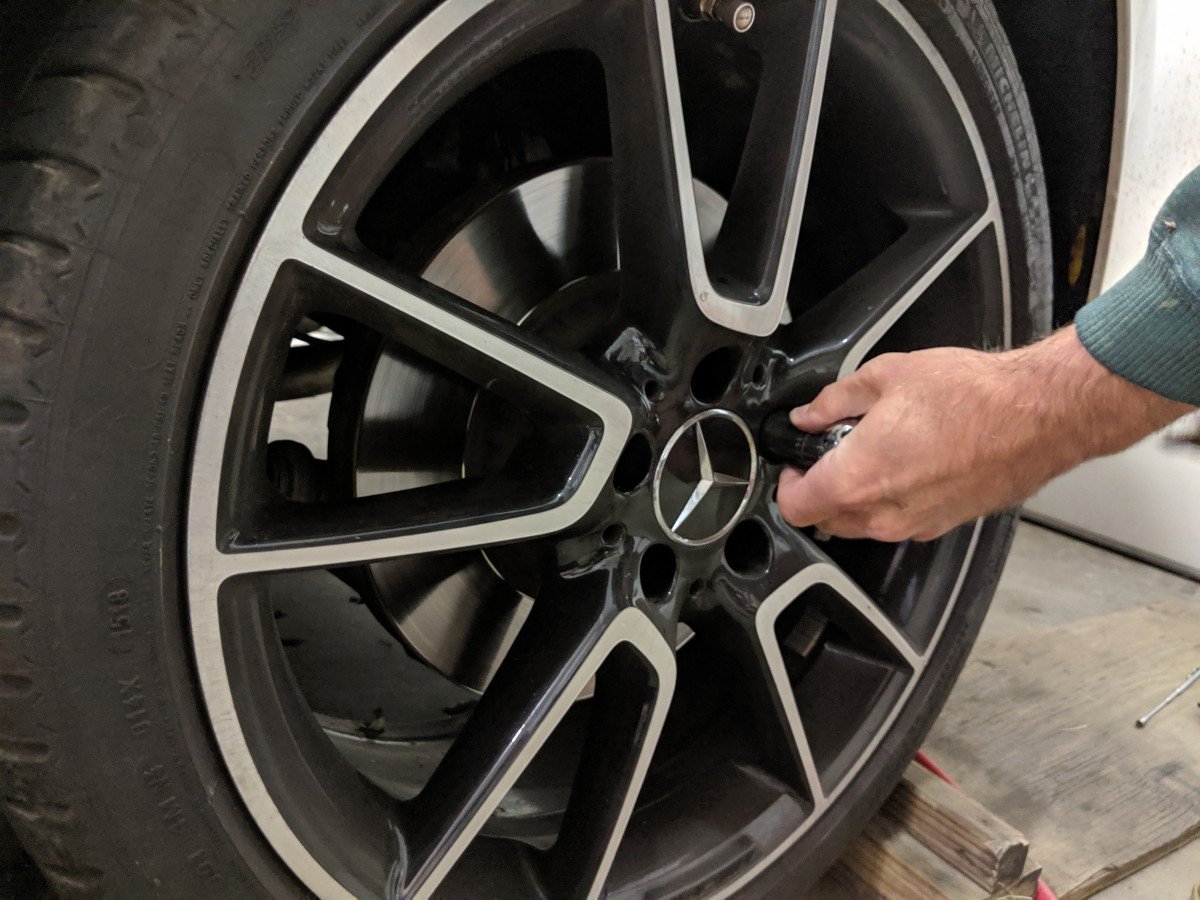
You already have a lug wrench in your car, but the wrench in most cars is a pain to use and can even strip your lug nuts. One of our favorite tools is an aftermarket lug wrench. Not only does it have all the sizes, but it can be extended, which makes it very easy to remove those bolts that are hard to come out of.
8. Gloves
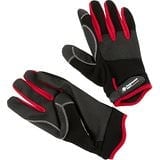
Always try to use gloves when you work in your car. They will protect your hands from chemicals and dirt, and you will spend less time washing your hands afterward.
9. Dust Mask and Safety Glasses
Last but not least are the dust mask and safety glasses. Use a dust mask to avoid breathing the dust on your wheel or brake pads and rotors. At the same time, the glasses can save your eyes if metals or screwdrivers fly around.
The cost for brake service can range from a couple hundred to eight hundred dollars. The brake pad and rotor parts are inexpensive, but the labor makes this repair very expensive. So why not replace your brake pads and rotors and save money?
How to change brake pads?
Conclusion
To change the brake pads and rotors on your vehicle, you will need a range of tools, including a jack and jack stands or a hydraulic lift to raise the vehicle off the ground, a lug wrench to remove the wheels, a caliper piston tool to compress the caliper piston, a C-clamp to secure the piston, a socket set and ratchet to remove the caliper bolts, a wrench set for any bolts or nuts that need to be loosened, brake caliper lube to lubricate the caliper and guide pins, brake cleaner to clean the brake components, anti-seize compound to prevent corrosion, rust penetrant for any rusted bolts, and shop rags or towels to clean up any debris or brake fluid. The exact tools you will need will depend on the make and model of your vehicle, so it’s always best to consult your owner’s manual or a professional mechanic to ensure you have the right tools for the job.
We hope you find the What Tools You Need To Change Brake Pads and Rotors guide helpful. Check these troubleshooting and repair guides for more help on your vehicle.




